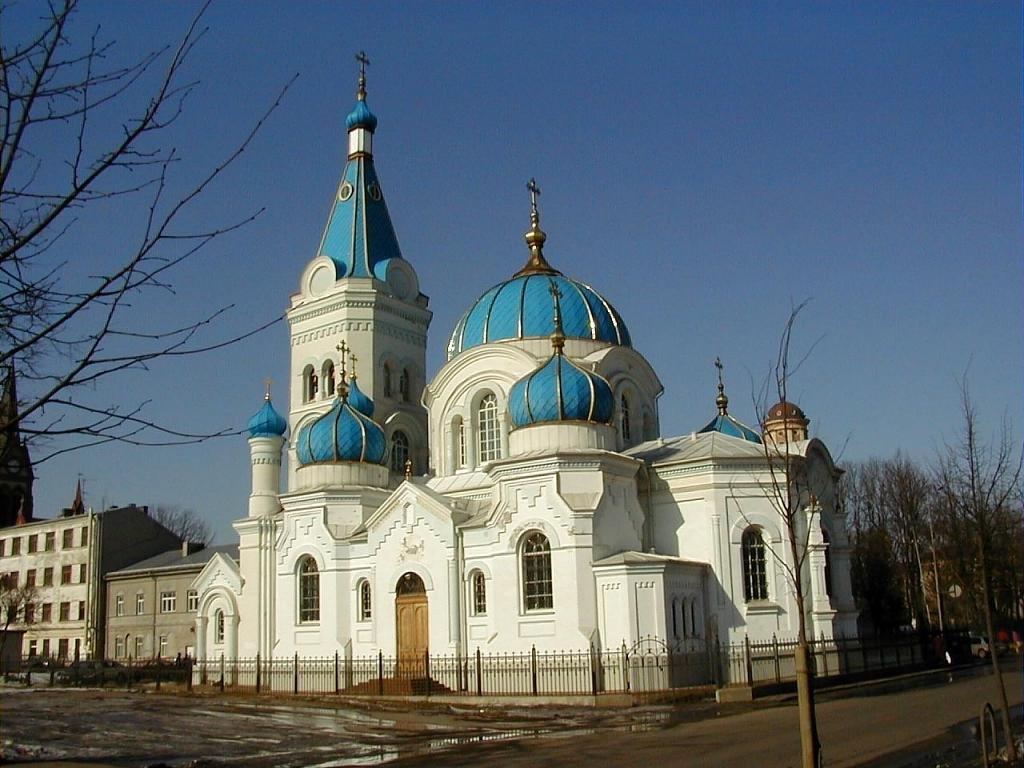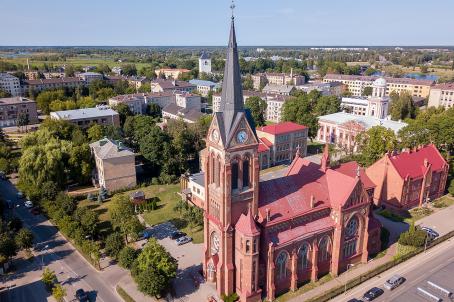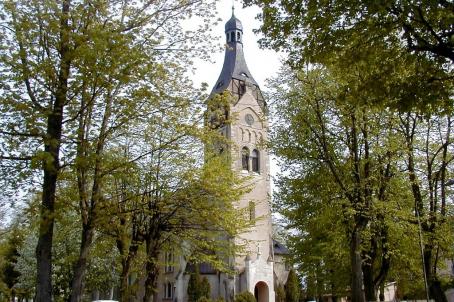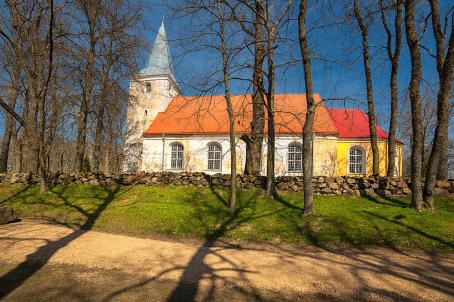Orthodox Cathedral of Jelgava

The Cathedral of St. Simeon and St. Anne is the Orthodox Cathedral of Jelgava. The origins of the church date back to 1711, when Frederick William, Duke of the Curonian Spit (1698 - 1711) promised to build an Orthodox church in Jelgava. During the reign of the Duke's widow, Anna, his court counsellor Pēteris Bestuževs ordered in 1726 the construction of a wooden Orthodox church near the Duchess's castle. A stone building was then constructed between 1774 and 1780, designed by the architect Francesco Bartolomeo Rastrelli. During the Baltic russification period from 1890 to 1892, with the financial support of the Russian Emperor Alexander III, the cathedral was completely rebuilt according to the project of the architect Nikolai Chagin. During the Second World War, when the Red Army attacked in August 1944, the cathedral was destroyed and the church remained in ruins. After Latvia's independence, the church was returned to the Latvian Orthodox Church and restored (1993-2003).





